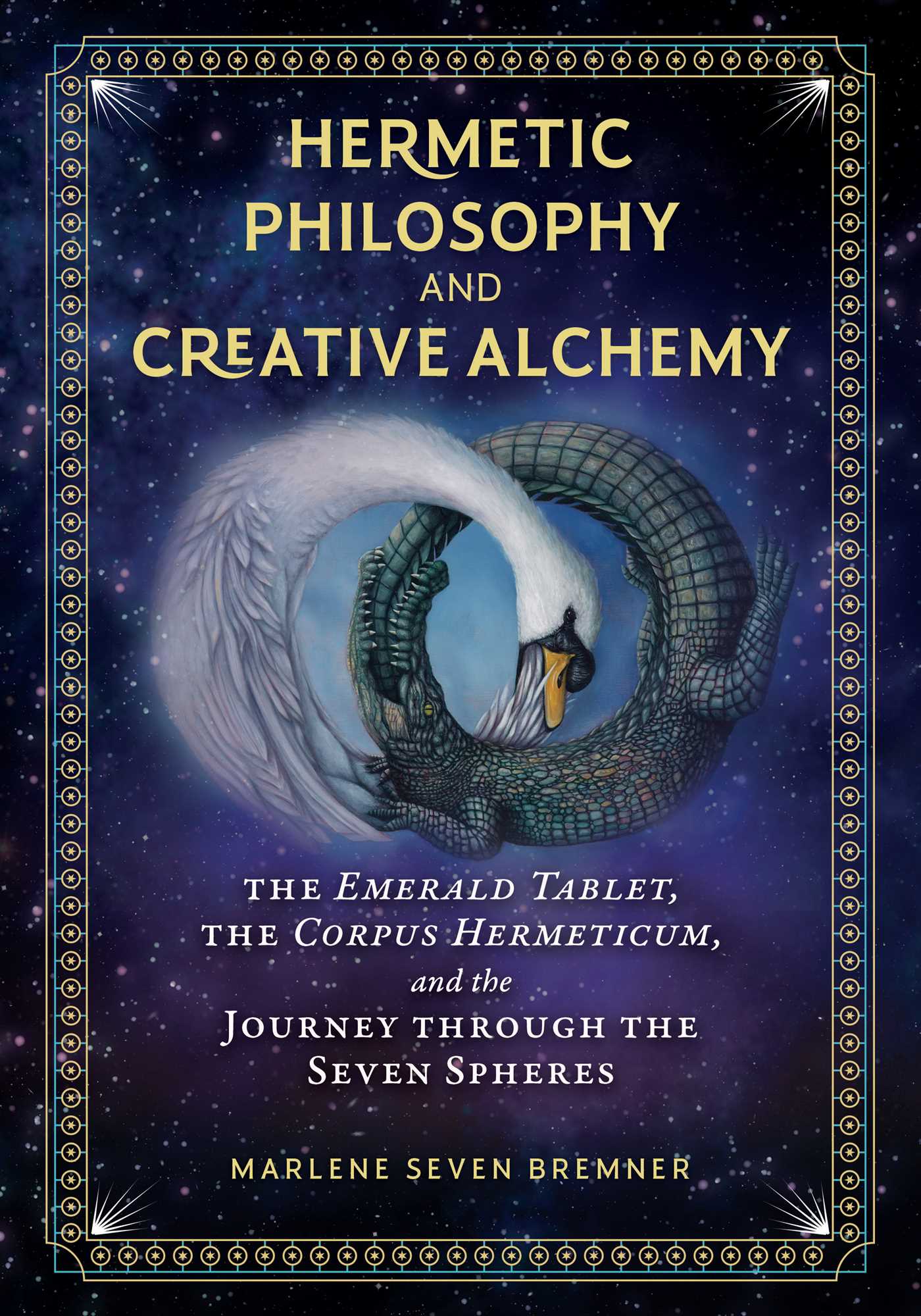This is a substantial text on a complicated topic. Hermeticism is a many-headed beast with a myriad of facets. Bremner does a fine job of taming the beast and presenting Hermeticism in a comprehensible manner. Neo-Platonic (or Neo-Pythagorean) Hermeticism is the crown jewel of ancient spiritual wisdom, an elegant syncretic merger of Egyptian mysticism, Chaldean and Hellenic astral wisdom, ancient mystery religions, Orphic and Gnostic doctrines, Greek mythology and natural sciences that coalesced in the 2nd and 3rd centuries CE. Hermeticism flowered alongside the emerging Christian faith, resulting in a 3rd century Betamax-versus-VHS religious competition that ended with the less complex religion with more bling winning the masses.
Excellent organization of material is the author’s friend here. Bremner outlines the origins of this spiritual philosophy and establishes its relationship to other disciplines. Following this “[e]mphasis is placed on the value of self-initiation and the cultivation of a direct relationship with the Divine, and full immersion into the Hermetic mysteries” (pg 9)
In Part I, Bremner reviews the major texts that comprise the Hermetic canon. She explores the historic path of Hermeticism in the ancient world and into the Renaissance period and modern period. The relationship of three interlinked disciplines – astrology, magic, and alchemy – was nurtured through centuries by the transmission of Hermetic texts and promulgated the development of Western mystery traditions. The assessment of the crucial relationship between astrology and magic is spot on.
In Part II, the author tackles the intricately complex topic of Hermetic cosmogony (a cosmogony is how various mythic and religious systems describe the origin of the universe or cosmos, with particular emphasis on the solar system). The Hermetic cosmos describes eternal and divine beings with a hierarchy of angels and spirits that participate in the ordering of the cosmos with various influences on human existence and the workings of fate and fortune. A good deal of Pythagorean sacred math plays into the way the cosmos is ordered.
Part III (The Wanderer’s Journey: Myth, Alchemy, and Exoteric Anatomy) outlines a path of personal development. Chapters proceed through the seven spheres or seven visible planets that includes descriptions of their ancient mythological significance, ideas about how they relate to psychological and spiritual development, and the alchemical significance of the planets from internal (spiritual) and external (anatomical) perspectives. The journey of Hermetic initiation begins with Saturn and concludes with the Moon.
Bremner’s multi-cultural descriptions of the planetary deities are valuable reading, particularly for astrologers. Each planet corresponds to a stage in the alchemical process leading toward the Philosopher’s Stone (enlightenment and a personal relationship with the Divine). This section of the book features numerous illustrations and reproductions of alchemical engravings. The author concludes with “Final Ruminations on the Old, Old Path.” She very rightly states that Hermeticism requires in-depth studies of the primary texts and that this spiritual path is a life-long process. Bremner describes the contents of a planned subsequent book that explores creative alchemy in more depth. As she reaches her conclusion, the author states “True spiritual maturity allows us to fly between the scorching rays of consciousness and the dissolving waters. This is real freedom.”
End matter includes endnotes, an extensive bibliography, and an index.
Hermeticism isn’t a spiritual path for the lazy or faint of heart. Resources for exploring this spiritual crown jewel mostly consist of primary resource material and a few earlier books on the subejct, so a volume that explores the topic in depth is invaluable. The author has my admiration for tackling this difficult topic and doing a very good job of it, along with kudos for the staff at Inner Traditions for producing a beautifully-formatted text with all the trimmings. The publication of this text neatly coincides with the publication of The Light of Hermes Trismegistus: New Translation of Seven Essential Hermetic Texts by the same publisher. (Clicking on the link will take you to our review.)
Highly recommended as a source for understanding Hermeticism and as a reference book for the myriad of primary texts, history, philosophies and practices that branch outward from it.
~review by Elizabeth Hazel
Author: Marlene Seven Bremner
Inner Traditions, 2022
522 pages, $30.06
Hermetic Philosophy and Creative Alchemy: The Emerald Tablet, the Corpus Hermeticum, and the Journey Through the Seven Spheres

©
2010 - 2025
Facing North
